- Partial view of GARDEN OF TRUST visual correspondence between Gluklya and Kati Horna. Gallleriapiù, Bologna. 2022 ph Stefano Maniero
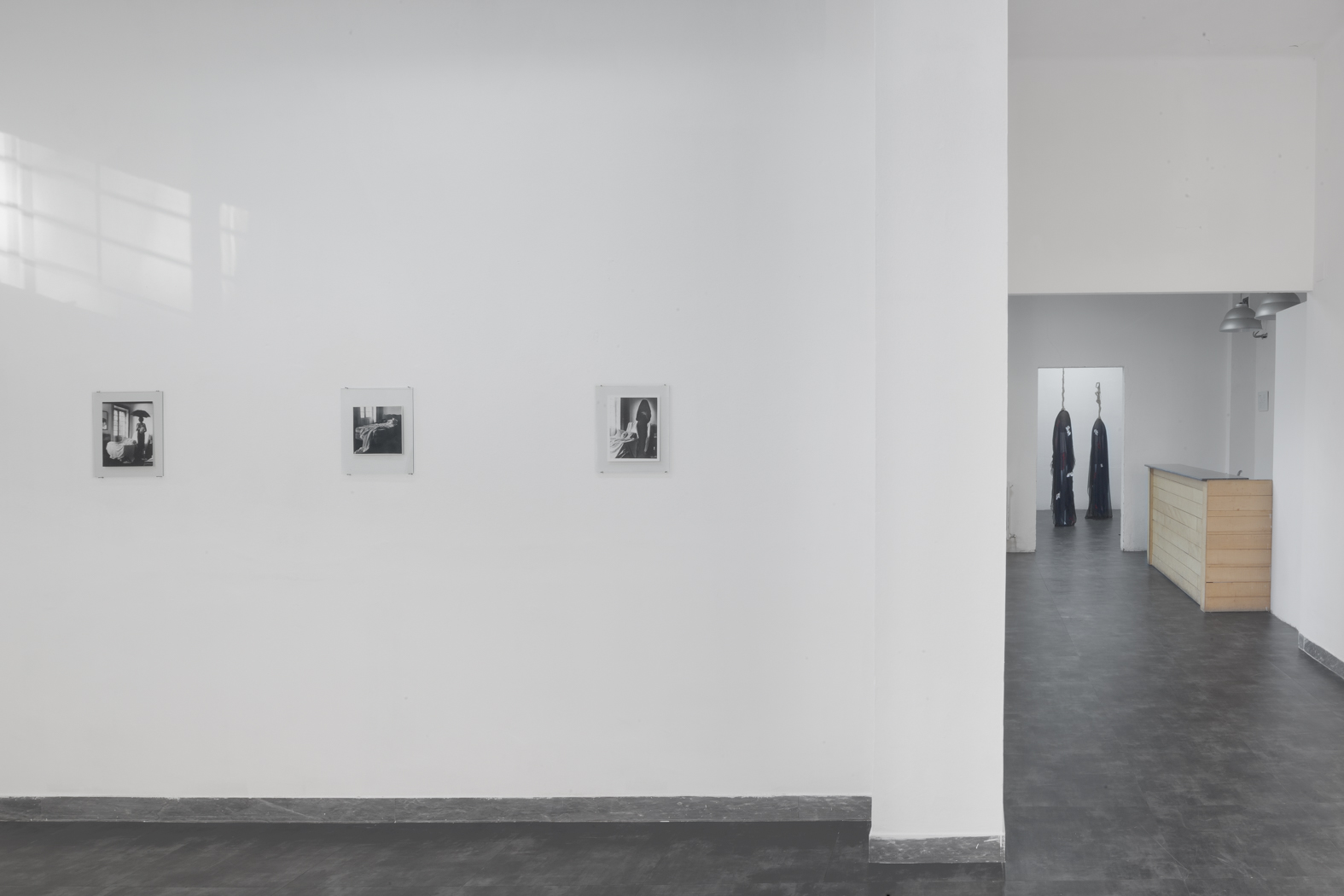
- Kati Horna, Oda a la necrofilia, 1962, gelatin silver print, © 2005 Ana María Norah Horna y Fernández. ph. Stefano Maniero
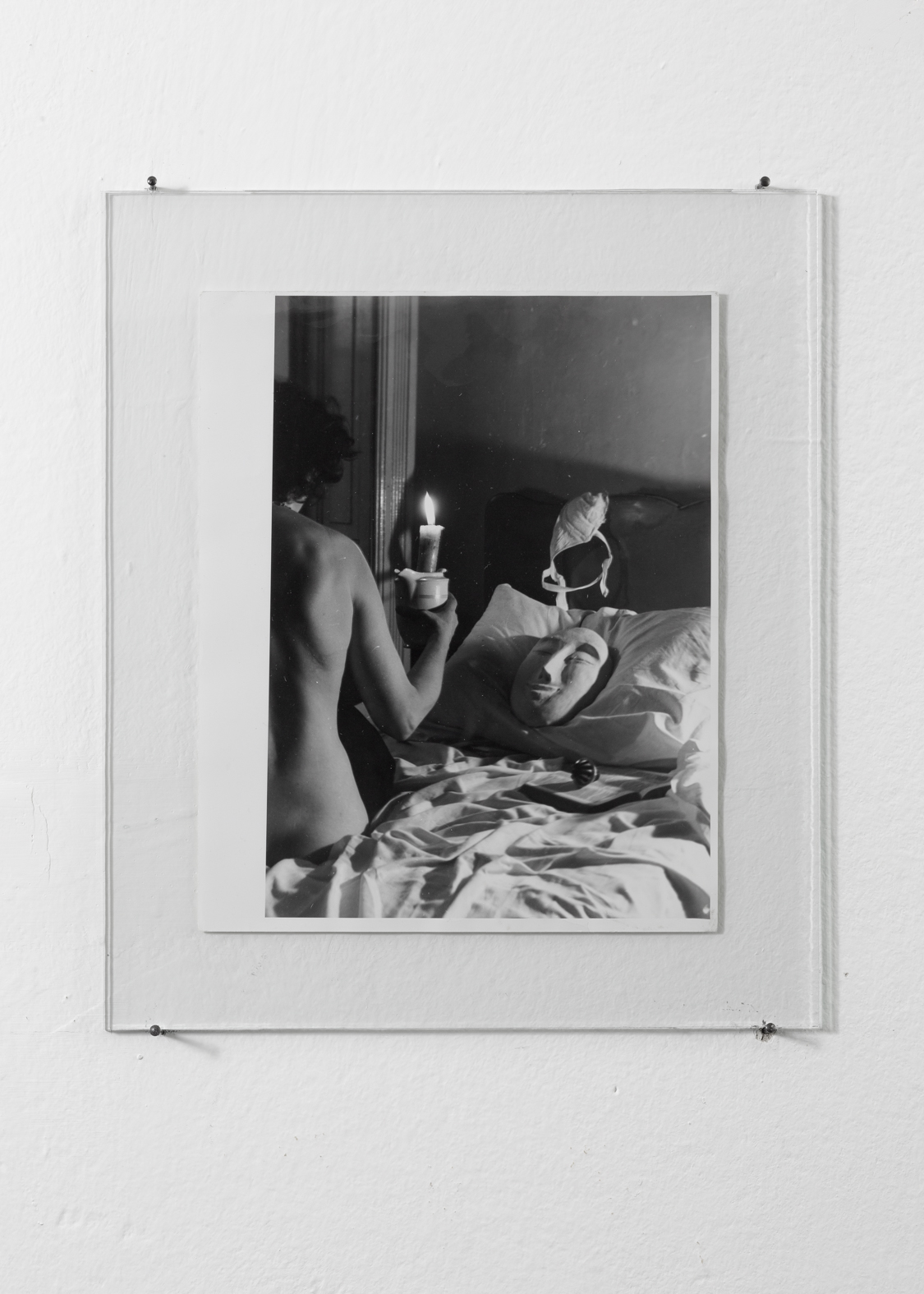
- Kati Horna, Mujer y Mascara, 1963, gelatin silver print, © 2005 Ana María Norah Horna y Fernández.
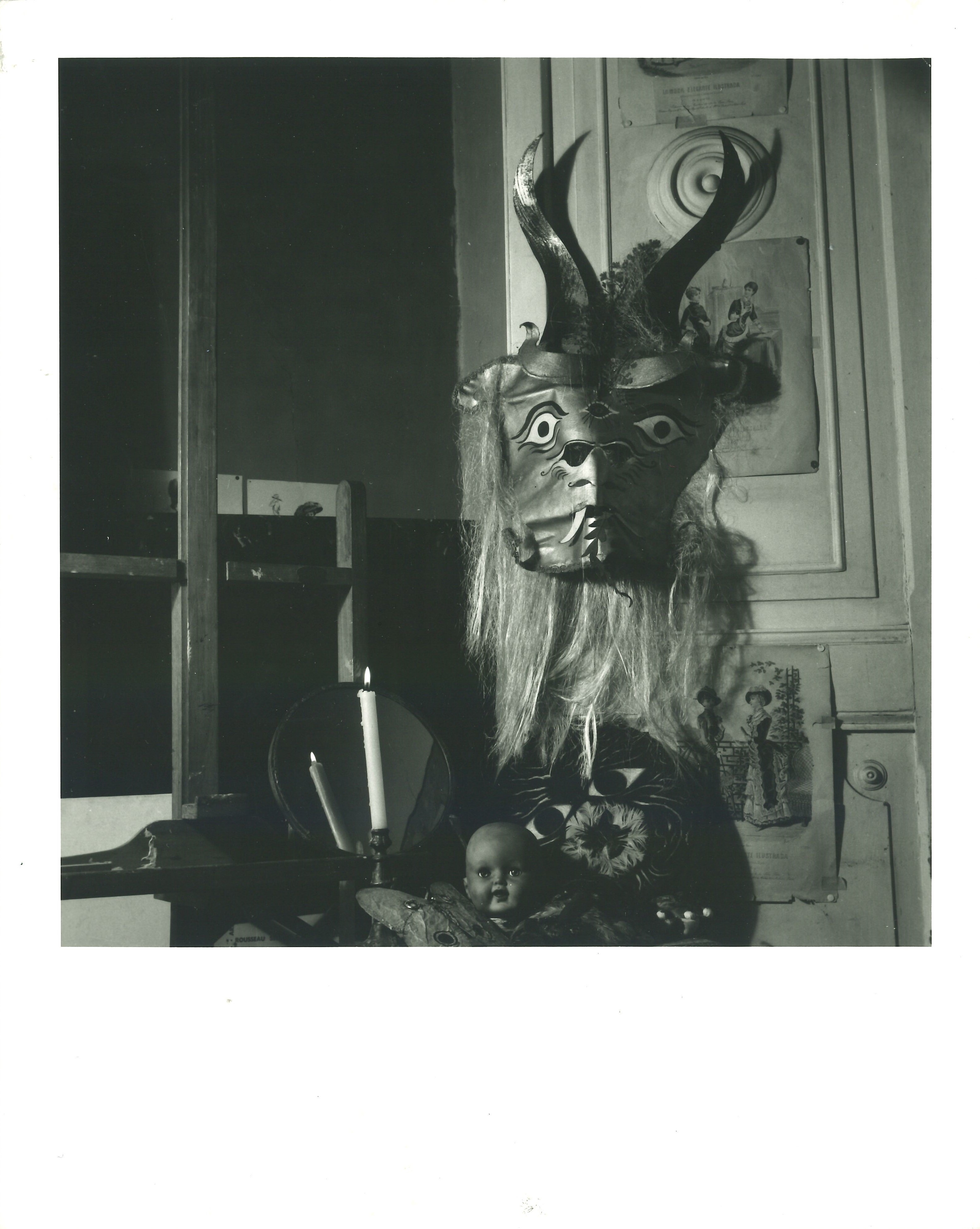
- Kati Horna, Los Reyes Magigos en la casa di Leonora ,1949, gelatin silver print, © 2005 Ana María Norah Horna y Fernandez. ph Stefano Maniero
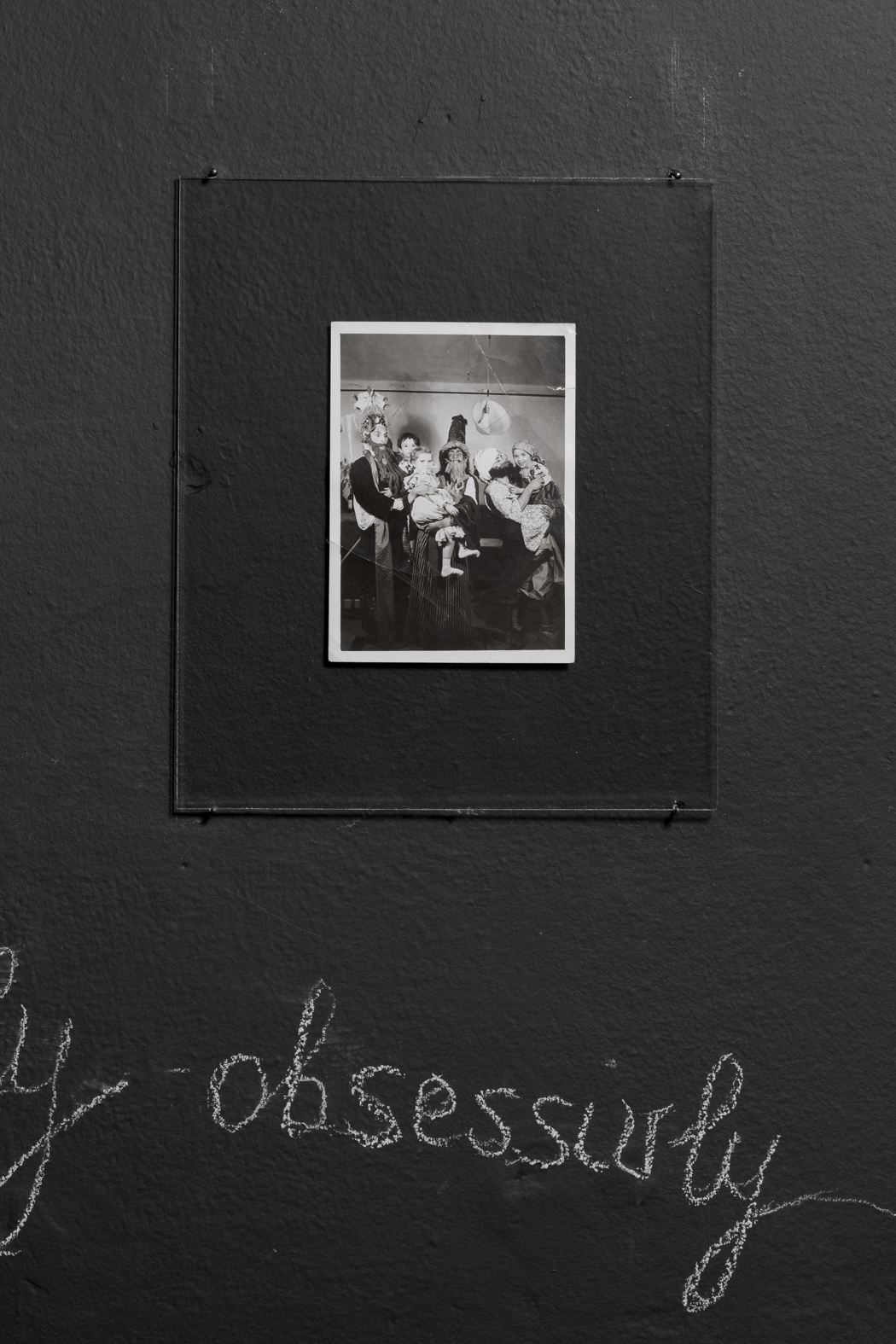
- Kati Horna, Obsequios de cumpleanos para Leonora, 1957,gelatin silver print,. © 2005 Ana María Norah Horna y Fernández.
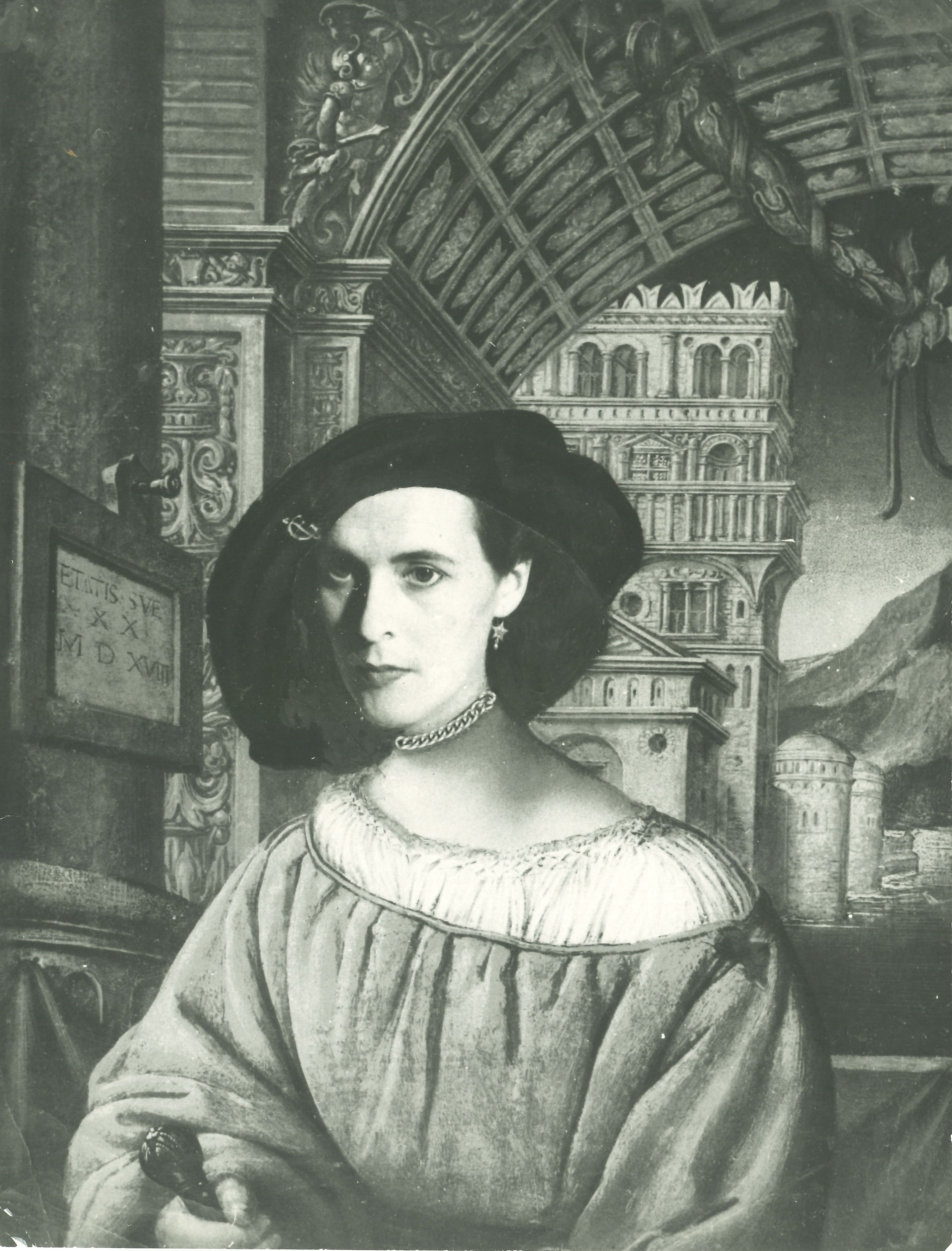
- Kati Horna, Oda a la necrofilia, 1962, gelatin silver print, © 2005 Ana María Norah Horna y Fernández.
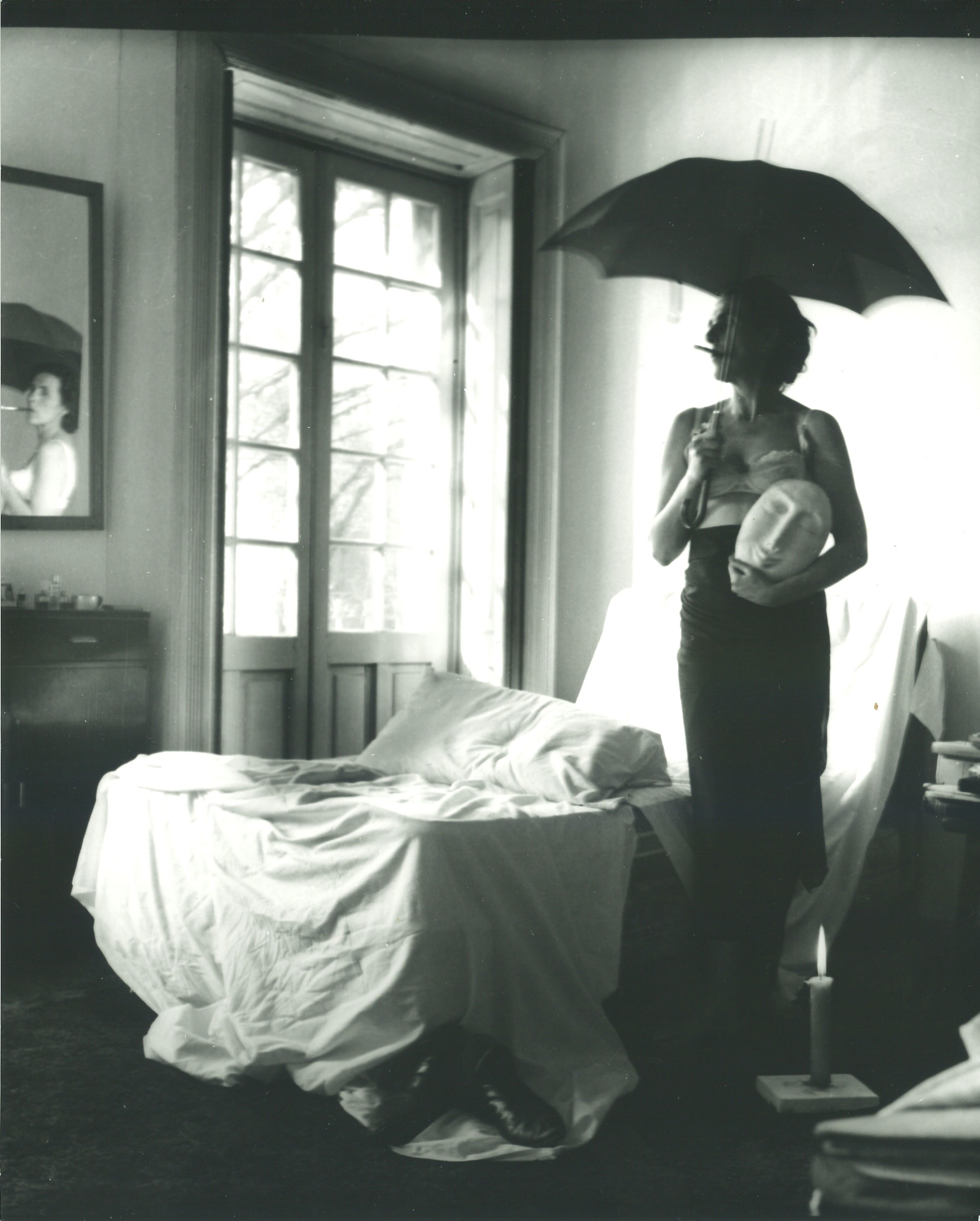
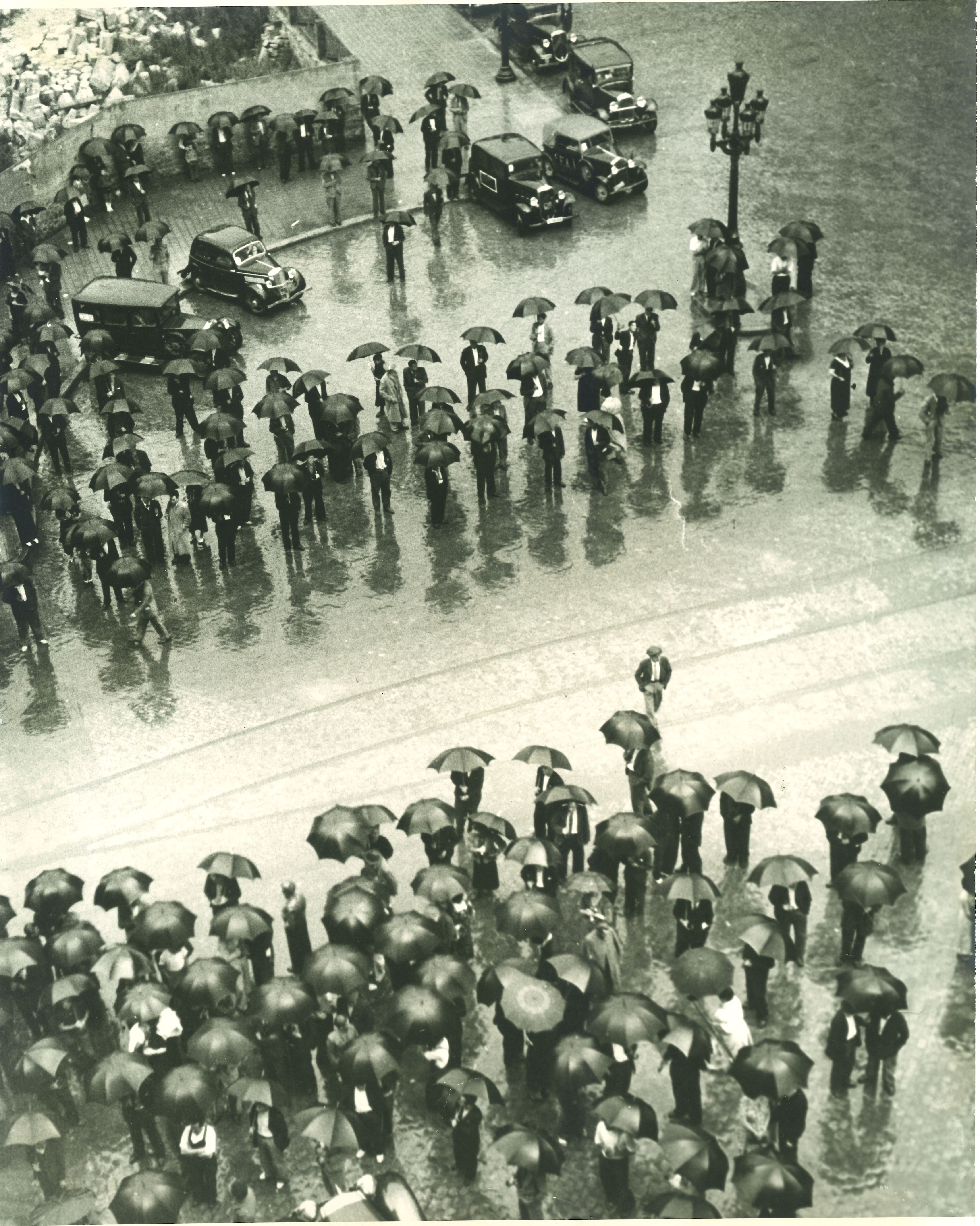
KATI HORNA
developed for
Kati Horna (Budapest, 1912- Mexico City, 2000) born Katalin Deutsch, she was a cosmopolitan and avanguard photographer: her work is characterised by the influence of the principles of surrealist Photography and her own moving approach to photojournalism and documentary photography. Kati Horna began her photographic career in the young Republic of Hungary in 1933 where she attended, together with her friend Robert Capa, the most prestigious school of photography in Budapest, led by József Pécsi, she moved to Paris in 1933. In the French Capital she turned her attention to the life she saw around her in the streets and cafés: she was seduced by the unexpected, by the ability of objects to change even the most familiar reality following the Parisian surrealist model of those years. Between 1937 and 1939 the Spanish Republic commissioned her some photos of the Spanish Civil war, documenting the devastating effects of the war on ordinary people. Kati Horna dedicated her attention on ordinary life marked by the conflict, but far from the war scene. Her photos are mainly portaits of women who stayed at home in order to look after theirs children, to wash cloths in public fontains, to carry on an apperance of life. In Spain, Kati Horna meets also her future husband, José Horna, an Andalusian painter and sculptor, with whom she carry out many future works. Together they manage to leave Spain for Paris first, but just shortly, and then to reach Mexico.During the Second World War, Mexico City was inhabited by runaway artists and intellectuals who created an extraordinarily vibrant cultural atmosphere. In her Mexican production Horna manages to put together the cultural aspects of her nomadic life, the Hungarian and French experiences, but above all those in Spain. Here her photographic compositions become combinations as if they were architecture, with the presence of dreamlike objects, often abandoned dolls, followed by theatrical scenes, museum rooms and portraits of friends. Sometimes her life companions appear, such as the two surrealist artists, Leonora Carrington and Remedios Varo, often her husband or some fragments of their domestic life, which allows the entire visual world of Kati to emerge: the attention to the formal composition, to the surprise and at the same time the atmosphere of collaboration of the avant-gardes.
Among her most important shows: Kati Horna. Fotografías de la guerra civil española (1937-1938), University of Salamanca, Spagna (1992); Kati Horna: Recuento de una obra. Fondo Kati Horna, (1995); Retratos de la contienda, Palacio de la Merced, Cordova, Spagna (2009); Surreal Friends: Leonora Carrington, Remedios Varo and Kati Horna, Pallant House Gallery, Chichester, UK (2010); Nostalgia por lo perdido / Asombro por lo encontrado, Museo de Arte Contemporaneo de Oaxaca – MACO, Messico (2012); Kati Horna, Museo Amparo, Puebla, Messico (2014), Musée Jeu de Paume, Parigi (2014) e Museo de Arte Contemporàneo de Monterrey – MARCO (2015); Told and Untold: The Photo Stories of Kati Horna in the illustrated Press, American Society, New York, US (2016), Women behind the camera, Metropolitan Museum of Arts, New York, 2021, Surrealism beyond borders, Metropolitan Museum of Arts, New York, 2021.
